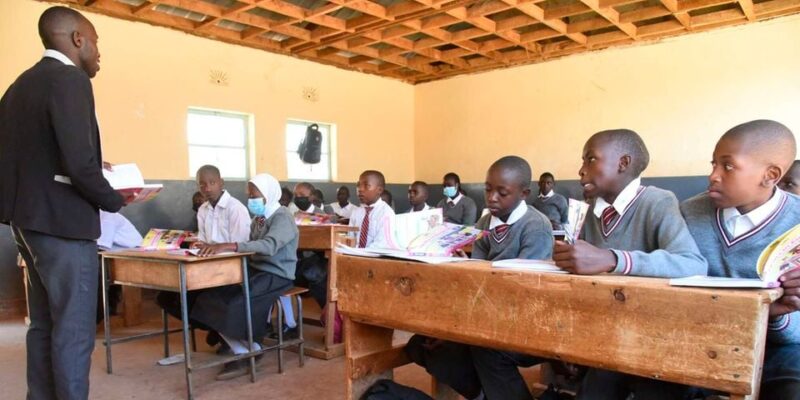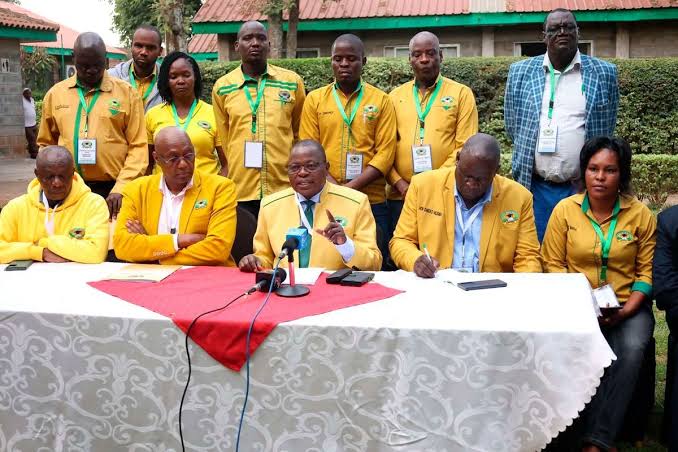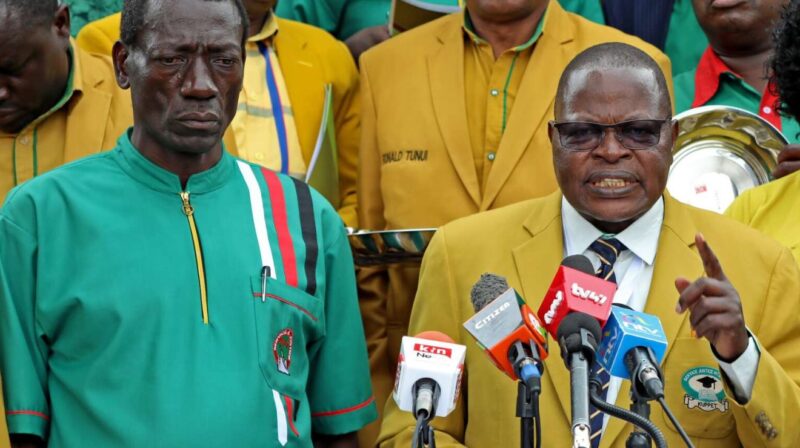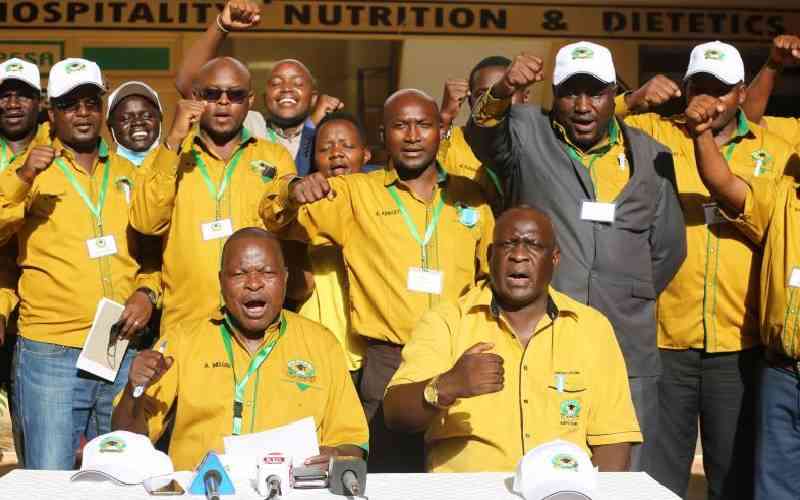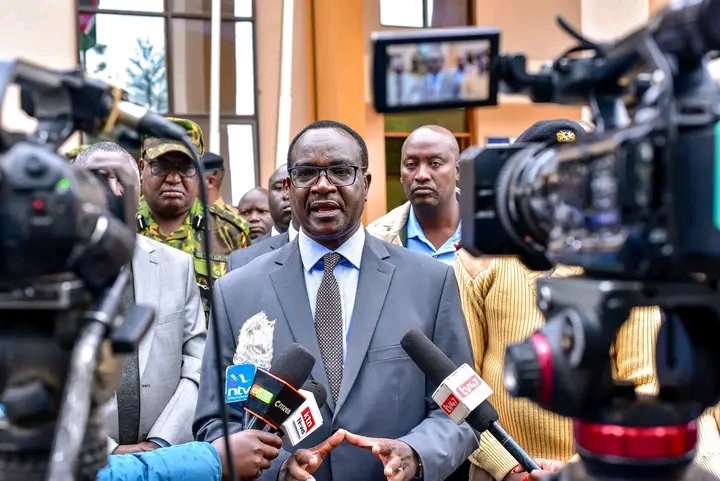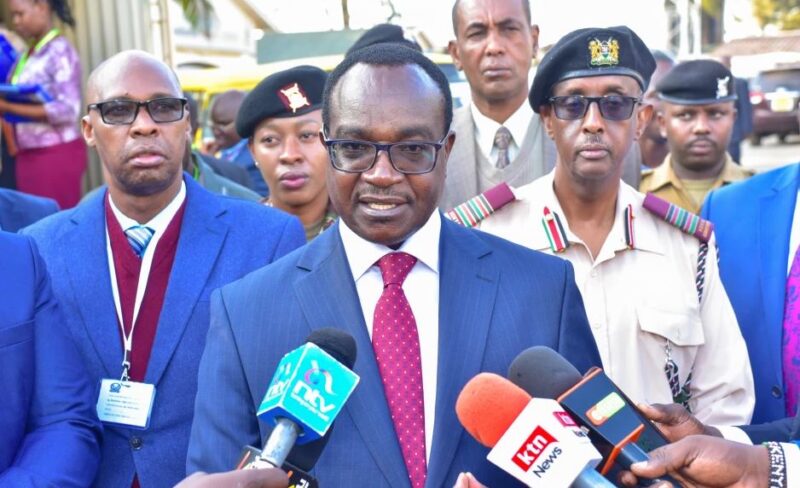Even as leadership wrangles dominate discussions on junior school governance, a more pressing issue has emerged—teacher shortages. According to the Teachers Service Commission (TSC), junior schools are facing a deficit of more than 72,000 tutors, threatening the stability of the competency-based curriculum.
The crisis dates back to 2023 when junior secondary was integrated into primary schools, creating comprehensive institutions. While the move sought to ease transition, it inadvertently worsened staffing pressures. The commission has been relying on secondary school staffing norms to deploy teachers, but this has proved inadequate.
Staffing Director Antonina Lentoijoni explained that the review of teacher deployment is ongoing and is guided by recommendations from the Presidential Working Party on Education Reforms. Recently, the Ministry of Education provided TSC with new guidelines, enabling a more accurate determination of teacher requirements in junior schools.
To address the immediate gap, TSC redeployed 14,000 qualified primary school teachers to junior schools. These teachers met secondary-level qualifications, including at least a C+ mean grade in KCSE and strong performance in two teaching subjects. Acting CEO Eveleen Mitei said the move was necessary, given the surplus of teachers in primary schools.
However, unions representing junior school teachers, including Kuppet and KAJST, maintain that teacher shortages are compounded by administrative challenges. They argue that head teachers of primary schools, who currently oversee junior sections, do not prioritise their needs. This lack of autonomy, they claim, worsens working conditions and impacts service delivery.
During a State House meeting, President William Ruto instructed Education CS Julius Ogamba to accelerate reforms that would resolve governance and staffing crises. The pending Bills before Parliament are expected to pave the way for legal recognition of comprehensive schools and provide a framework for staffing and leadership.
For now, junior schools remain caught in a cycle of shortages, transitional policies, and governance disputes. Without swift reforms, both teachers and learners may continue bearing the brunt of systemic gaps.
